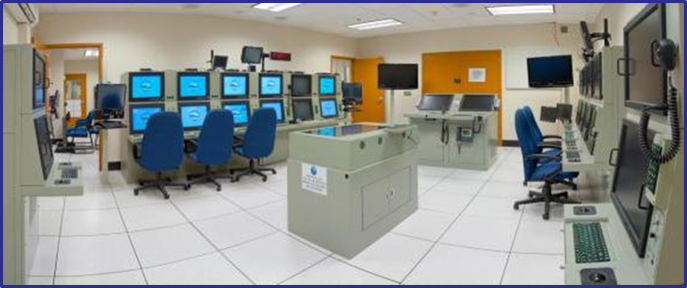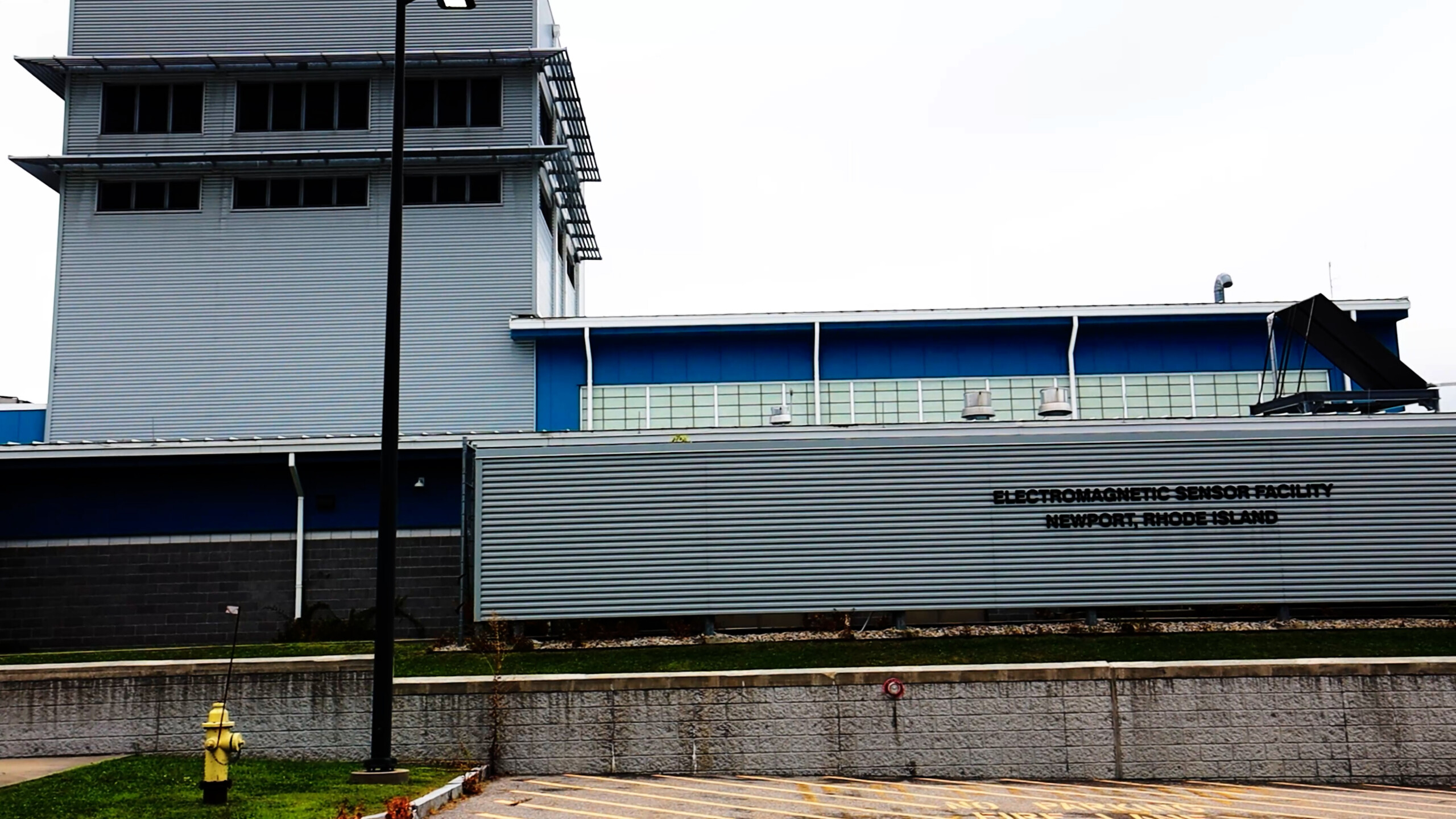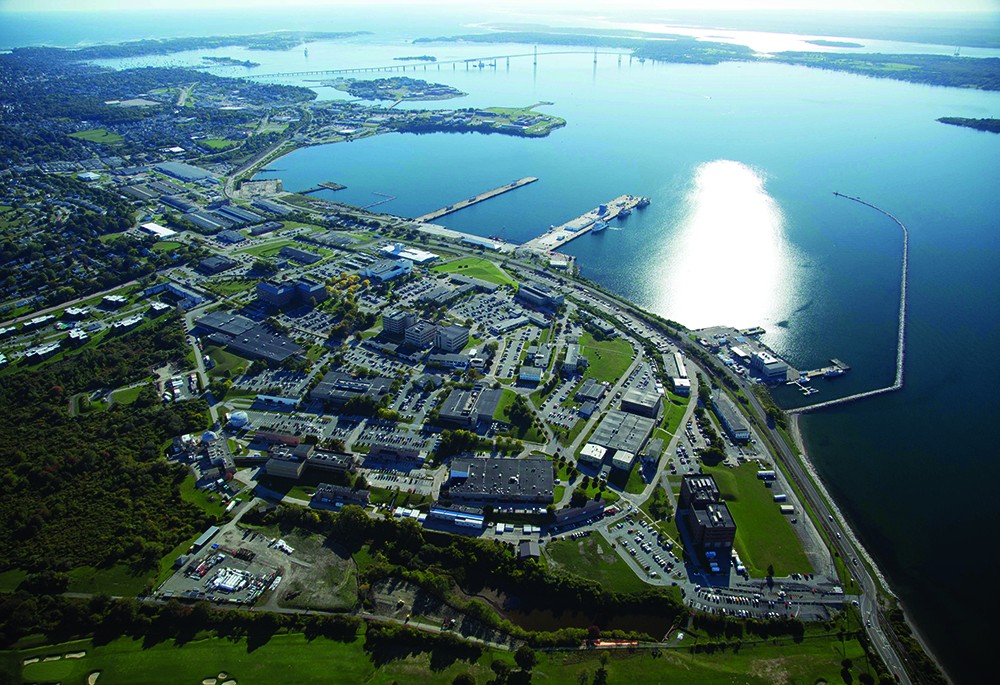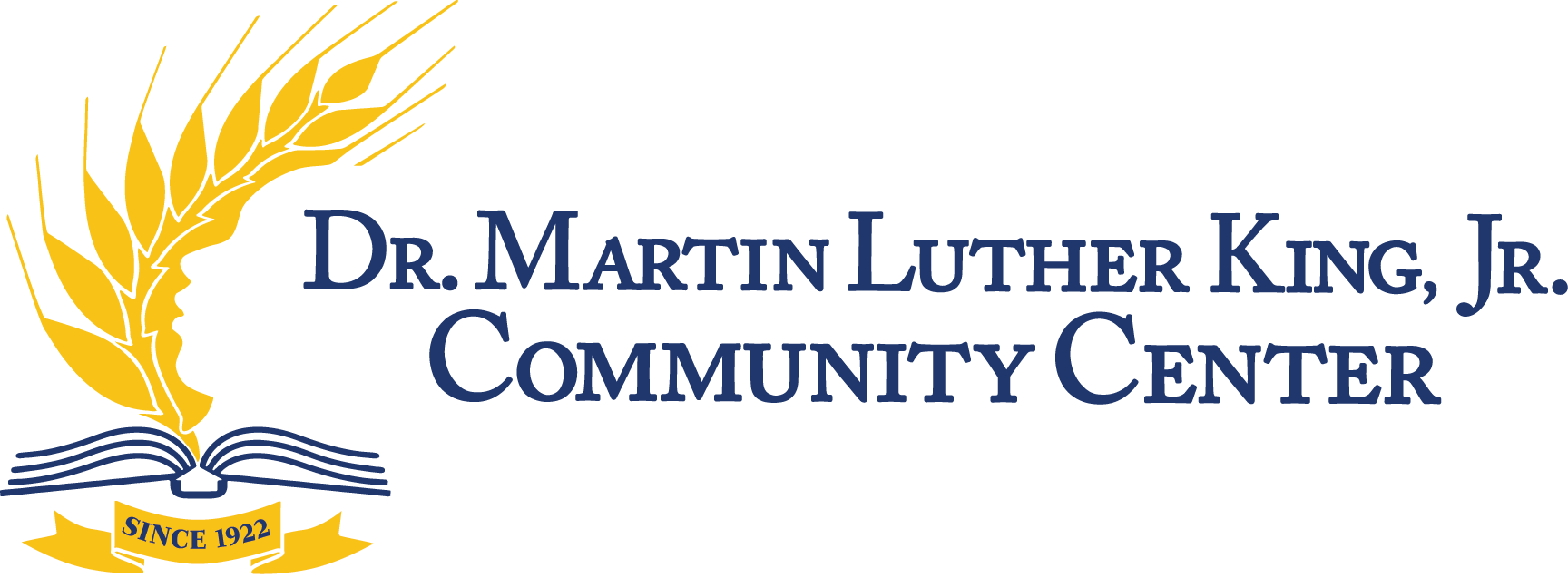Republished from Marine Technology Reporter (May/June 2011)
Website: www.seadiscovery.com
The Rhode Island Economic Development Corp. (RIEDC), in conjunction with the City of Providence Emergency Management Agency (PEMA, pictured right), earlier this year hosted an in-water demonstration of a real-time live detection and response system (called UPSIDE) at the PEMA Emergency Operations Center. The UPSIDE system is funded by the U.S. Office of Naval Research (ONR), which works on science and technology programs for the U.S. Navy, and is managed by the RIEDC with technical support from the following businesses and organizations:
- Rite- Solutions — Systems Integrator and Technical Manager
- Purvis Systems — Incident Management and Distribution System
- Smiths Detection — Digital Video Recorders
- Raytheon Integrated Defense Systems (ATHENA system)
- SoneSys — Sonar
- Naval Undersea Warfare Center (NUWC)
Independent Technical Advisors and demo support. The UPSIDE system is designed to be a real-time diver detection system that also classifies targets and delivers critical information to security forces to determine the response required to manage the threat. “Securing our port facilities and cargo is vital to the growth and stability of our economic infrastructure,” said Keith Stokes, RIEDC Executive Director.
Rite-Solutions served as the Systems Integrator and Technical Manager for the UPSIDE project, and as such was tasked with bringing together the many disparate piece of equipment — including video surveillance system, high frequency sonars, unmanned vehicles and first responders — and information, melding hardware and data into a cohesive unit designed to efficiently collect and disseminate information via its Rite View 3-D Command and Control maritime visualization system.
According to Dean Balcirak, System Test Engineer, the challenge, inherent but not unique to the UPSIDE project, was bringing together products and systems from outside organizations into a cohesive system. Ibis was accomplished using an enterprise service bus as the backbone for the data and individual interface translation services, as well as, the hands-on expertise from Rite-Solutions in performing past commercial projects which required tying together a number of different products and systems.
“This project was really a jumping off point for Rite-Solutions,” said Rory Hanmer, Lead Software Engineer, “in the use of the enterprise service bus as the data back bone. The hardest part – as always – is linking with other companies, products and systems; each interface has its own particular needs. We provided the conduit to get all of the data onto the enterprise service bus, and in turn to bring the data into the Command and Control System and ultimately, Rite-View™.”
The ability to test systems ‘on the workbench’ as opposed to ‘in the water’ was invaluable, according to Balcirak. “In testing the system, we were linking to the unmanned vehicle system while it was on the test bench at URI,” he said. “We were able to test the equipment (including the sonar) before the equipment was in the water, so by the time we got into the water, we were 98% there on the equipment, allowing us to focus on getting good data instead of working out interface bugs.”
UPSIDE is currently in Phase 3, meaning that the technology has been integrated and tested; proven as a unit during trial, and ready for market — as a unified system or as individual technologies — for commercial or government customers. According to Flanmer, there are no shortage of potential customers, ranging from port and harbor security, to addressing the multiple threats inherent to offshore oil and gas rigs. “We are not limiting ourselves to anything,” said Hanmer, “if you have anything you want to protect that’s in or under the water, this is an option.”
PURVIS Systems contribution to the UPSIDE program is the UPSIDE First Responder System (UFRS). Based upon its robust Incident Management and Control System (IMACS) platform, UFRS is the direct link into the available First Responder community, and is a distributed interoperable management system used to track, share, and manage incident information and assets over a secure wide-area network. UFRS includes an automatic vehicle location (AVL) tracking feature, which provides real-time GPS location for all key First Responder assets. This feature provides the incident manager with the ability to quickly assess the adequacy of the response and to determine whether additional first responders should be requested and where their assistance is needed.
UFRS also includes the PURVIS Emergency Notification System (ENS). PURVIS ENS is a Web-based system that enables organizations to respond quickly in an emergency by sending mass alerts to common communications devices — mobile and landline telephones, PDAs, computers, pagers and more — through broadcast voice and text messaging.
Additionally, PURVIS provided Rite-Solutions with engineering support for requirements definition, system design specifications, framework development, systems integration, and scenario development.
In addition to hosting the UPSIDE demonstration, PEMA coordinated the resources and inclusion of the Providence Police and Fire Departments, as well as, the R.I. Department of Environmental Management/Law Enforcement Division and the R.I. State Fusion Center.
© 2005-2011 Maritime Activity Reports, Inc.





